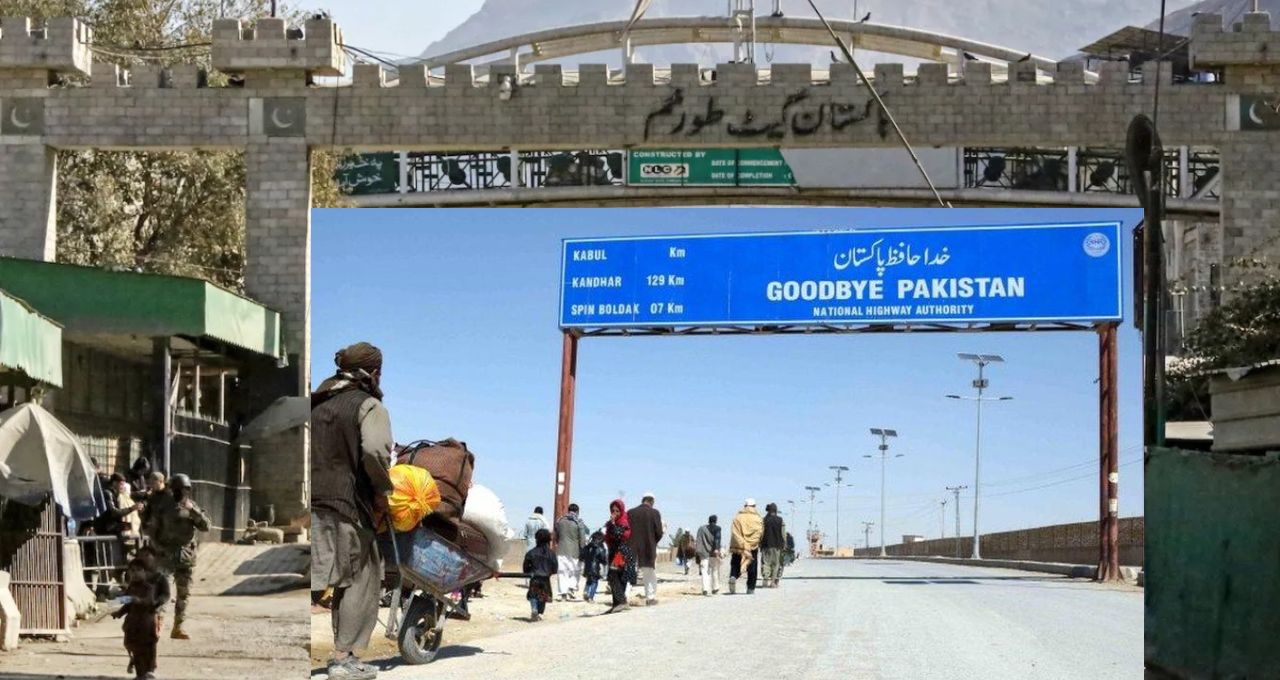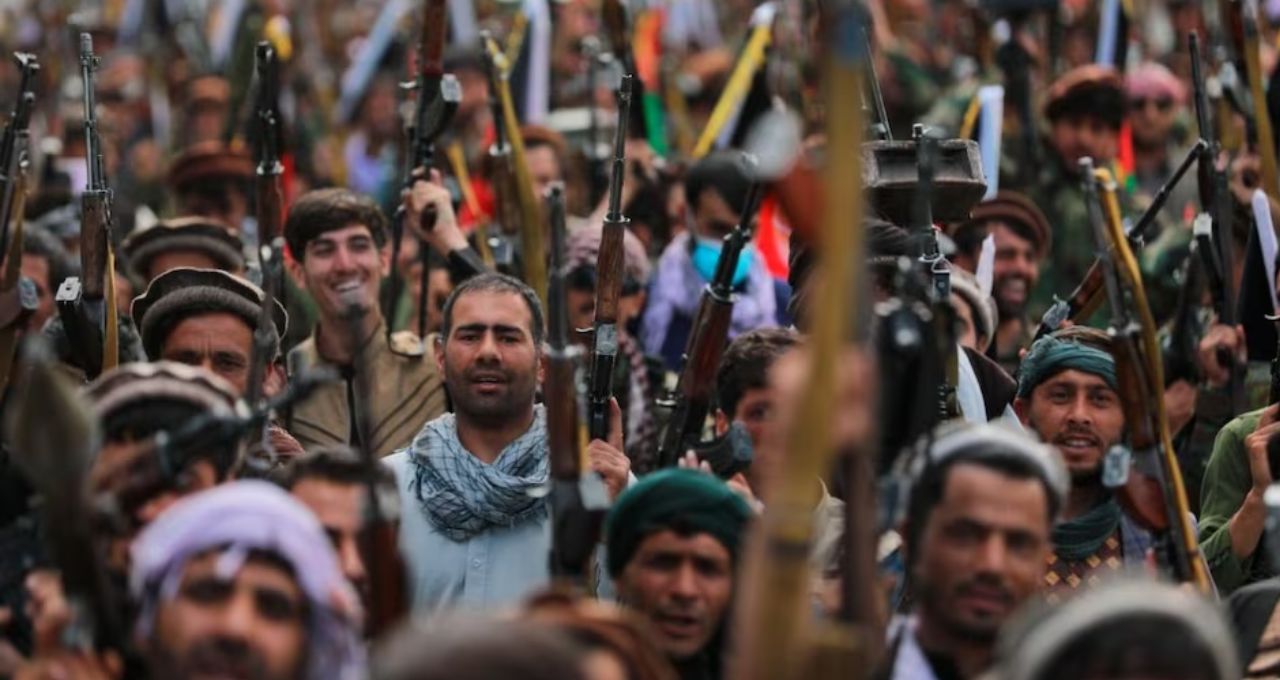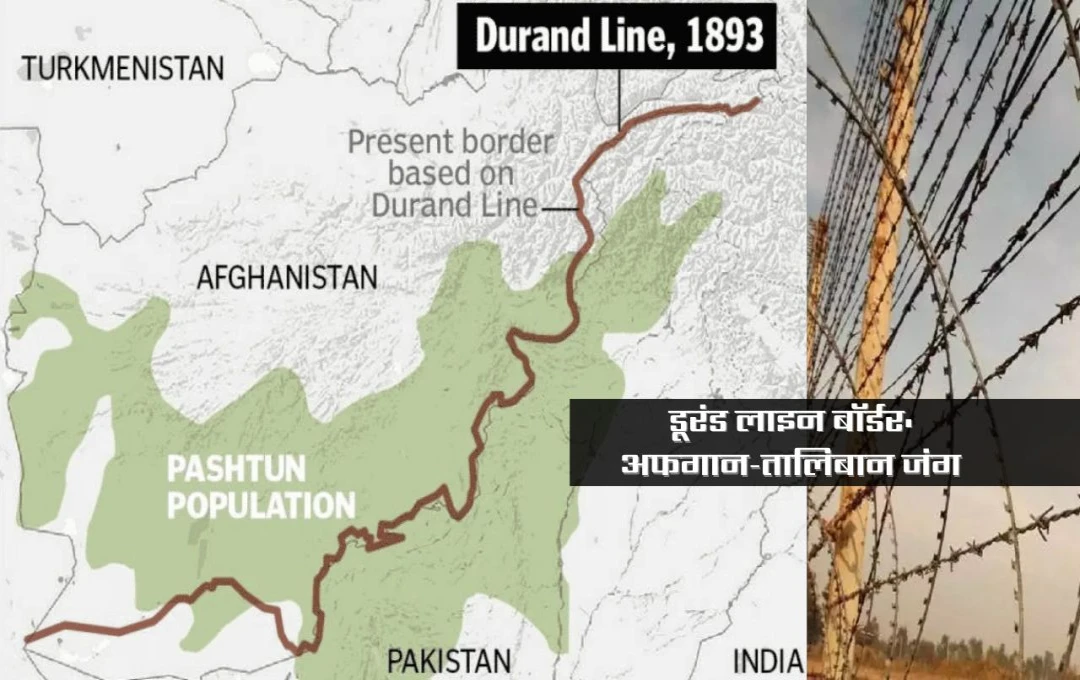The Durand Line is a disputed border between Pakistan and Afghanistan, which remains a source of tension in the relations between the two countries. Its historical significance and Taliban-Pakistan support can escalate conflict, potentially making the situation more tense.
Durand Line: Tensions have once again risen between Pakistan and Afghanistan. Afghan Taliban fighters have crossed the Durand Line into Pakistan and are attacking Pakistani military outposts. This border, which is 2640 kilometers long between the two countries, has become a historical point of contention. In this article, we will explore what the Durand Line is and why there is a dispute between the two countries regarding it.
History of the Durand Line
The Durand Line was drawn in 1893 as the border between British India and Afghanistan. It was named after Sir Henry Durand, the Foreign Secretary of the British Empire. The purpose of this border was to protect Britain's strategic interests. A large part of the Durand Line passes through Pakistan-occupied Kashmir (POK), and this border divides the Pashtun and Baloch tribes of Afghanistan into two countries.

The British ignored local tribes and geographical conditions while drawing this border, which resulted in it being a subject of dispute. Afghanistan states that the Durand Line is not recognized and refers to it as a "hypothetical line."
Afghanistan's Stance
Afghanistan's Ministry of Defense spokesperson Khawarzami recently stated that Afghanistan does not recognize the Durand Line as the Pakistani border. Afghanistan has never officially accepted this border, and the Taliban considers it a violation of Afghanistan's sovereignty.
Disputes Arising from the Durand Line
A dispute has been ongoing between Pakistan and Afghanistan for a long time due to the Durand Line. The Pashtun and Baloch tribes have been affected by this border, as their population has been divided between the two countries. Both Pakistan and Afghanistan make claims regarding their respective borders, and this dispute causes tension at all times. This tension has increased further since the Taliban came to power in Afghanistan.
Taliban-Pakistan Conflict

The Taliban, considering the Durand Line a violation of Afghanistan's sovereignty, has accused Pakistan of supporting terrorist groups operating in Pakistan. After the Taliban came to power in Afghanistan, Pakistan had hoped that a friendly government would be established in Kabul, which would accept the Durand Line. However, the Taliban's rise to power has dashed this hope, and now the conflict between the two countries has further escalated.
Taliban’s Military Strength and Pakistan’s Role
The Taliban’s military strength, especially its manpower, is derived from the tribes living in tribal areas and radical religious institutions. Additionally, the covert support from the Pakistani army and ISI (Inter-Services Intelligence) is playing a crucial role in strengthening the Taliban. In this conflict, tensions are rising between the Pakistani army and Afghanistan, and this situation has become a serious challenge for both countries.
Taliban's Influence
According to Afghanistan’s First Vice President, the Taliban has approximately 80,000 fighters, while the Afghan army has 500,000 to 600,000 soldiers. Despite this, the Taliban’s strength and Pakistan’s support make it a formidable force. According to US intelligence assessments, it was difficult for the Taliban to seize power until US troops withdrew from Afghanistan, but after the withdrawal of US troops in 2021, the Taliban captured Kabul.














